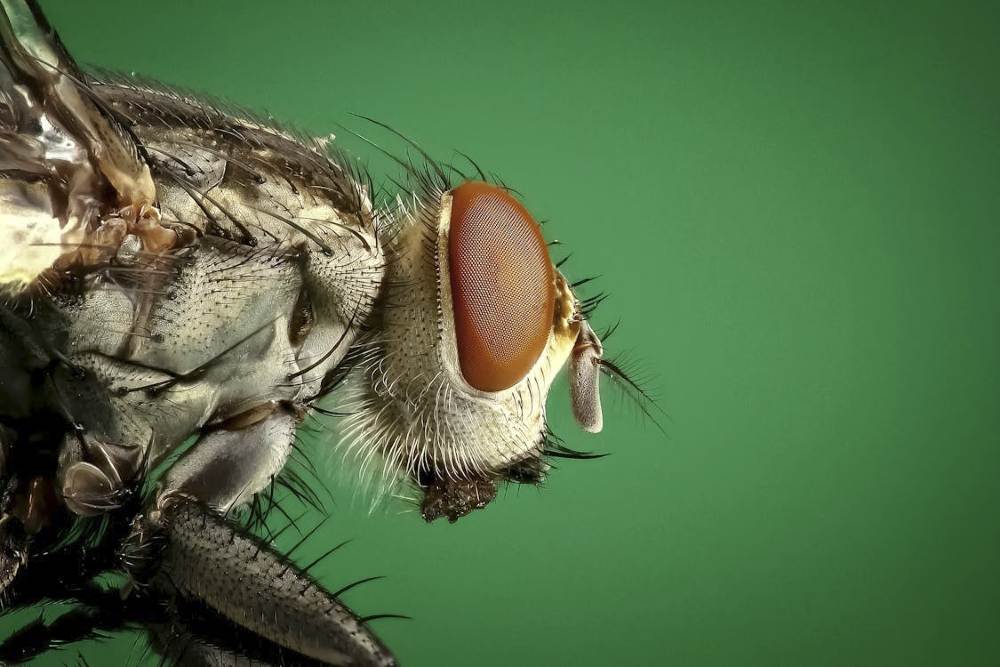Dealing with a flea infestation can be a frustrating and challenging experience. These tiny pests are not only irritating for pets but can also quickly invade your living space, causing discomfort and potential health issues.
Effective flea control requires a comprehensive approach that addresses the problem from multiple angles. This guide will walk you through essential steps to eliminate fleas from your home and prevent future infestations.
The First Line of Defense
The initial and crucial step in tackling a flea problem is a thorough cleaning of your home. Fleas thrive in warm, dark, and cluttered environments, so it’s essential to start by vacuuming every carpeted area, including under furniture and along baseboards.
Be sure to use a vacuum with a high-efficiency particulate air (HEPA) filter to capture fleas and their eggs effectively. After vacuuming, immediately dispose of the vacuum bag or empty the canister outside to prevent reinfestation.
Next, wash all pet bedding, blankets, and any fabric that may have come into contact with fleas. Use hot water and a high-temperature dryer cycle to kill fleas and their eggs. It’s also beneficial to clean hard surfaces, such as floors and countertops, with a mixture of water and mild detergent. Regular cleaning is vital in breaking the flea life cycle and reducing the number of adult fleas and their larvae in your home.
Targeted Pest Control Treatments
Once you’ve tackled the cleaning, it’s time to focus on targeted pest control treatments. Fleas have a complex life cycle, including eggs, larvae, pupae, and adults. To address this, consider using a combination of chemical and natural treatments.
Flea sprays and foggers containing insect growth regulators (IGRs) can help break the flea life cycle by preventing eggs and larvae from developing into adults. Be sure to follow the manufacturer’s instructions for safe and effective use.
In addition to chemical treatments, natural remedies can also be effective. Diatomaceous earth, a fine powder made from fossilized algae, can be sprinkled on carpets and pet bedding. It works by dehydrating and killing fleas and their eggs.
Essential oils, such as lavender or peppermint, can also act as natural repellents when diluted and applied to areas where fleas are present. However, always use essential oils with caution, particularly around pets and children, as they can be potent.
Preventive Measures and Long-Term Solutions
Eliminating fleas from your home is only part of the solution; preventing future infestations is equally important. Begin by treating your pets with veterinarian-approved flea prevention products, such as topical treatments, oral medications, or flea collars. Regular grooming and flea checks can also help keep your pets flea-free. Additionally, consider maintaining a clean and clutter-free home environment to discourage flea infestations.
It’s also beneficial to consult with a pest control professional if the infestation is severe or persistent. They can provide specialized treatments and advice tailored to your specific situation. Regularly inspecting and treating your home and pets for fleas will help ensure that you maintain a flea-free environment in the long run.
Integrating Professional Treatment for Fleas
For persistent or severe flea infestations, seeking professional help can be a wise decision. Pest control experts can offer specialized treatment for fleas that go beyond standard over-the-counter solutions. These professionals use advanced techniques and equipment, such as thermal foggers and professional-grade insecticides, to target fleas at every stage of their life cycle.
Additionally, they can provide valuable advice on preventive measures tailored to your home and pets. While professional treatment may involve a higher upfront cost, it often results in more effective and long-lasting results, ensuring that your home remains flea-free.
Using Flea Traps for Effective Monitoring
In addition to cleaning and treatments, flea traps can be a valuable tool for monitoring and controlling flea populations in your home. These traps typically use a combination of light and heat to attract fleas, which then get caught on sticky surfaces.
Placing flea traps in strategic locations, such as near pet sleeping areas or in high-traffic rooms, can help you gauge the severity of the infestation and monitor the effectiveness of your treatment strategies. Regularly checking and replacing the traps can provide insights into the success of your efforts and help identify any remaining problem areas that may need additional attention.
Addressing Fleas in the Yard
An often-overlooked aspect of flea control is managing the outdoor environment. Fleas can also thrive in your yard, especially in shaded, grassy areas. To address fleas outside, start by regularly mowing your lawn and trimming shrubs to reduce flea-friendly hiding spots.
Consider using outdoor flea treatments, such as yard sprays or granules, that are designed to kill fleas in the environment. Additionally, keeping your yard clean and free of debris can further discourage fleas from establishing a breeding ground. By addressing both indoor and outdoor areas, you create a comprehensive approach to preventing and controlling flea infestations.
Effectively eliminating fleas from your home requires a multifaceted approach, including thorough cleaning, targeted treatments, and preventive measures. By integrating flea traps and addressing your yard, you can enhance your control efforts and ensure a comprehensive solution to the infestation.
If the problem persists, seeking professional treatment for fleas can provide additional support and guidance. Taking these steps will help you achieve a flea-free home and create a more comfortable living environment for both you and your pets.




